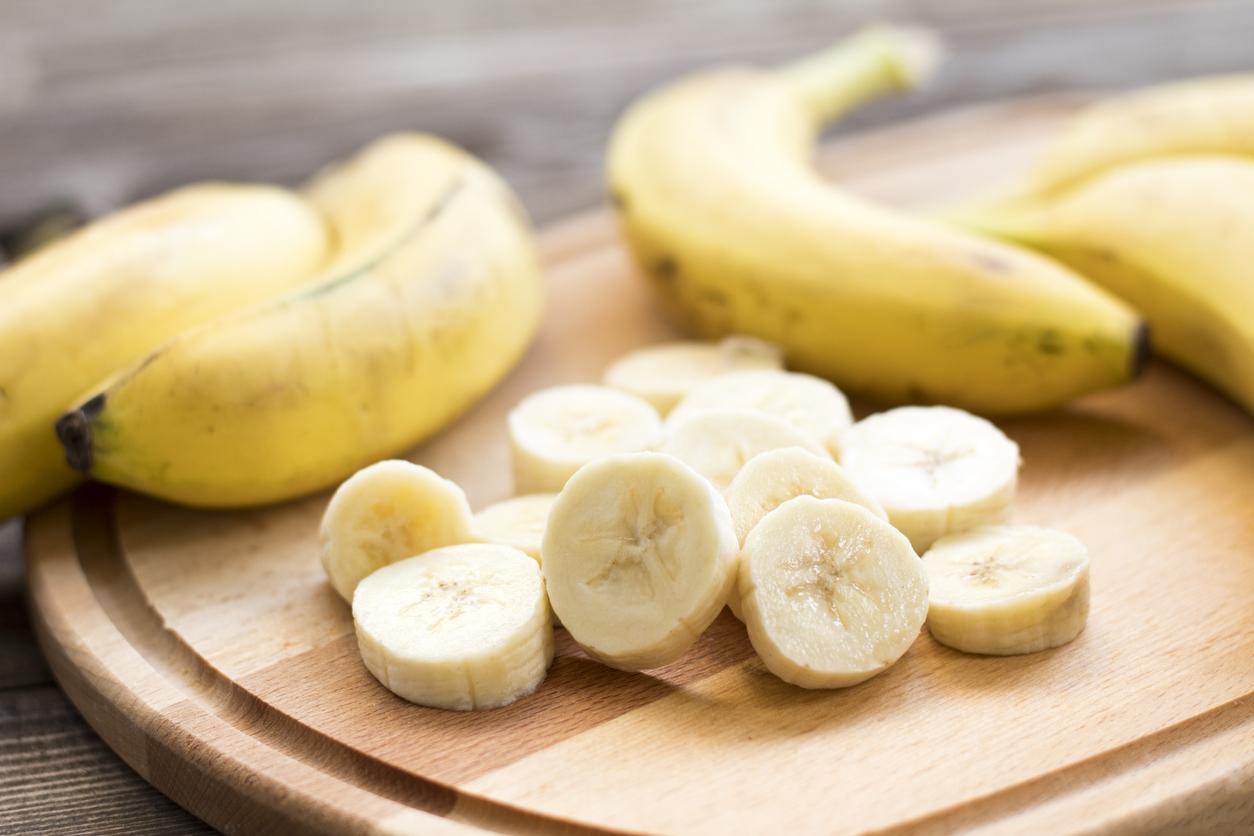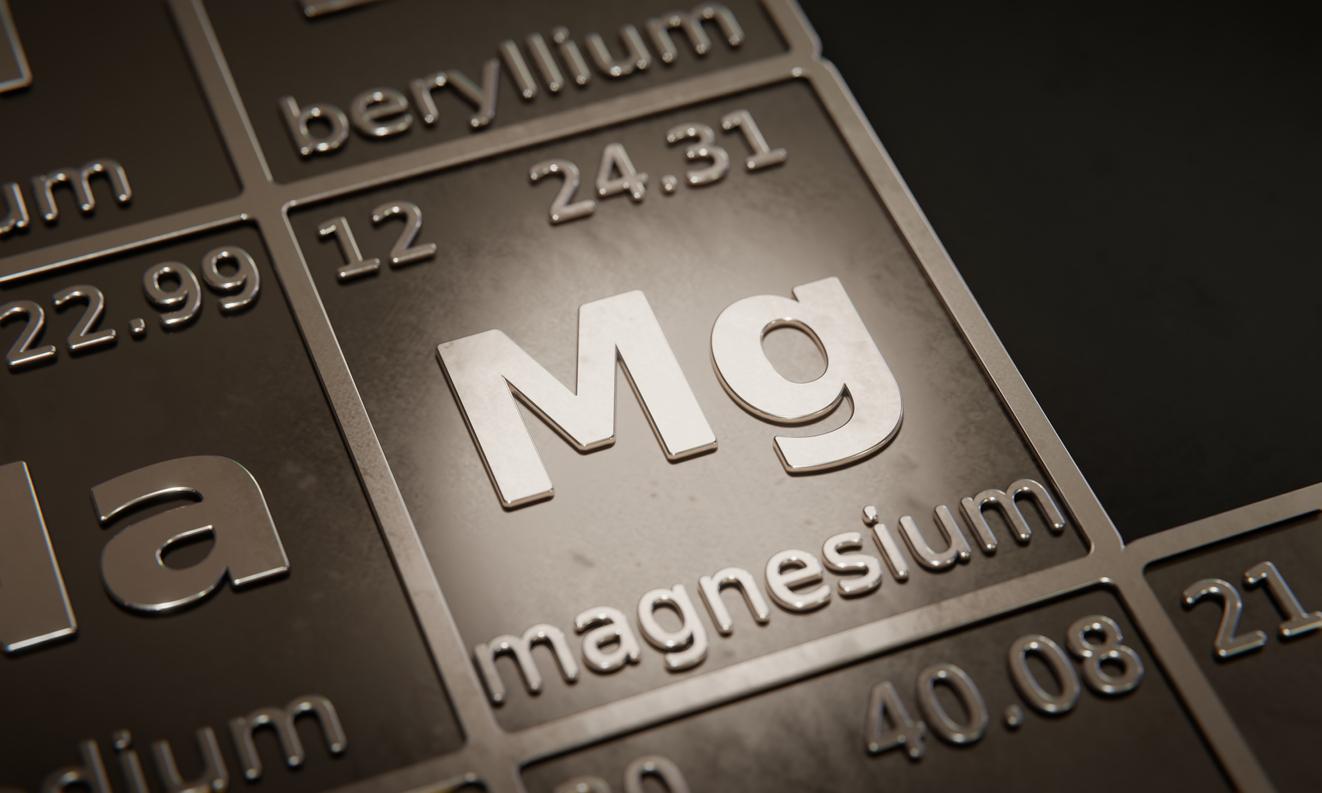Did you know that the body of an adult is supposed to contain 24 g of magnesium (bones, teeth, muscles, liver, tissues…)? Yet, it seems that many of us are deficient in magnesium. This top-10 of the best sources of magnesium will undoubtedly be useful to you …
It’s no longer a secret: stress and sleep disorders affect 40% and 25% of French people, respectively. Studies suggest that some of these chronic ailments may be linked, among other factors, to magnesium deficiency in the body.
Lack of magnesium, an invisible deficiency
Indeed, one in 3 French people does not absorb enough magnesium and would therefore be in deficit without knowing it. According to the SUVIMAX study, 18% of men and 23% of women have magnesium intake lower than 2/3 of the recommended nutritional intake!
With the development of refined products, the consumption of plants and cereals rich in magnesium has greatly decreased. This problem is all the more worrying as the magnesium contained in food is not completely bioavailable (only 30 to 50% passes through the body).
Magnesium requirements vary by age, lifestyle, stress level and weight. The recommended magnesium intake is 6 mg per kg of weight per day, from birth.
Magnesium participates in more than 300 metabolic reactions in the body. It works in close association with sodium, potassium and calcium, with which it must remain in balance in the body.
An insufficient intake of this mineral would increase theinflammation, an underlying cause of many chronic diseases.
In the body, a deficiency of magnesium can result in a state of stress, fatigue, anxiety, or muscle pain.
The top 10 sources of magnesium
Magnesium is also involved in essential processes such as energy production (glycolysis), breathing, regulation of nerve impulses or cellular communication.
-
-
-
-
-
Periwinkle
-
Banana
-
Sardine in oil
-
-
Numerous clinical studies show that a magnesium deficiency could be the cause of multiple disorders such as hypertension, diabetes, cardiovascular illnesses or even neurological dysfunctions.
However, magnesium is found in many foods and, today, we are revealing which ones you should focus on to ensure sufficient regular intake for your body.
1- Chocolate
the chocolate is a more or less sweet food produced from the cocoa bean originating in Africa and South America. Appreciated by gourmets, chocolate (at least 70% cocoa) among the best sources of magnesium.
Indeed, 100 g of cocoa powder contains 376 mg of magnesium against 110 mg for the dark chocolate. Thus, thanks to this precious mineral salt, chocolate stimulates and regulates the nervous system and also helps to manage insomnia, stress and depression.
Chocolate contains a wide range of micronutrients and antioxidants that protect the body against free radical aggression and strengthen the immune system. Cocoa also provides unsaturated fatty acids which are very beneficial for arteries.
Chocolate is generally consumed in solid or liquid form and is found in many desserts.
2- Spinach
THE’spinach is a leaf vegetable of which France is the leading producer in Europe. Like all leafy vegetables, it is a concentrate of mineral salts, and it figures prominently among foods rich in magnesium.
The magnesium contained in a serving of spinach represents more than a quarter of the recommended daily allowance. Thus, spinach is indicated to reduce muscle cramps, PMS and balance emotions and sleep.
Both digestible and low in calories, this vegetable has satiating properties thanks to its high fiber content. It is the ideal natural appetite suppressant.
Spinach can be prepared in many and varied ways: with cream, as a garnish for poultry or fish, as a mash, etc.
3- Sardine in oil
First industrial food, sardines in oil is considered, for most French people, to be a popular and fairly ordinary dish. Like the majority of oily fish, sardines in oil are particularly rich in magnesium (467 mg / 100g). It is proving to be an excellent choice for muscle health, depression and memory.
Sardines in oil are very rich in Omega 3 which helps regulate emotional balance and protect the heart and brain. It is a good source of vitamins and helps to keep the figure.
Canned, already cooked and ready to eat, sardines in oil can be enjoyed simply on toast with pepper cream, served with eggplant caviar, or slipped into bricks.
4- Banana
Over 10,000 years old, the banana comes from Indonesia and is the most exported fruit in the world. It has a floury pulp covered with a thick yellow skin. But it is under his dried form that this fruit is one of the foods richest in magnesium.
With an amount of 105 mg / 100 g of magnesium, bananas help prevent the onset of cramps, aches or pains. strokes of fatigue at the athlete. It is good for depression and is a natural relaxant; hence the expression “have the banana”
In addition, it improves digestion, balances blood pressure and increases the production ofhemoglobin thanks to iron.
More generally, dried fruits such as figs, dates or apricots are a mine of magnesium. Bananas are eaten raw or added to fruit salads, pancakes, etc.
5- Brazil nuts
Growing in the Amazon rainforest of tropical America, the Brazil nut is a tree nut oilseeds. Like the majority of dried fruits, the Brazil nut is a real magnesium reserve (133 mg / 35 g) and it reduces the risk of depression, combats the effects of stress and relieves muscle cramps.
Due to its fiber, vitamin E and polyunsaturated fatty acid content, Brazil nut increases satiety, benefits heart health, and fights excess free radicals.
It is eaten grilled like peanuts, salted or plain and remains very popular as an aperitif as in desserts.
6- White bean
This legume, native to America, is the most consumed bean in Europe. There are countless varieties across the world. Like the vegetables in its food group, the White bean is a magnesium reservoir (60 mg / 100 g).
It is mainly recognized for its nutritional values: vitamins B, E, fiber, iron. It has a place of choice in diets and its consumption reduces cardiovascular risks, improves transit and circulation.
White beans promote bone development, reduces the risk of diabetes, fights against cell degeneration and is an essential support for athletes.
We taste white beans mashed, gratin or in regional dishes such as cassoulet or hotpot …
7- Periwinkle
the periwinkle is a small edible seashell with a gray spiral shell that measures between 1 and 3 cm. It is present in quantity in the Atlantic, the English Channel, the North Sea and the Mediterranean.
In terms of “magnesium”, it is the undisputed champion of sea food with 310 mg / 100 g. One serving of periwinkles covers all of the adult’s daily needs. They are valuable for bone health and are valuable allies for nervous tension.
Highly concentrated in iron, calcium and Omega 3, periwinkles boost the immune system and are good for the line.
They require brief but intense cooking and are eaten warm or cold depending on preference, on a toast of buttered bread or directly from the pin.
8- Wholemeal bread
Made from whole grains, the whole wheat bread retains all the nutrients of the germ and bran. This food contains an average of 108 mg / 100 g of magnesium, which is obviously useful in preventing stress, insomnia, depression,anxiety, etc.
Consumption of wholemeal bread rstrengthens the metabolism and facilitates intestinal transit. It is one of the sources of magnesium which allows thanks to the fibers it contains to avoid snacking cravings and to lose weight and also prevents cardiovascular disease. In addition, wholemeal bread helps reduce the risk of diabetes.
Even though it is slightly more expensive than white bread, it is an excellent choice for your health. Wholemeal bread is eaten like bread, as an accompaniment to other foods.
9- Mineral water
THE’mineral water is water rich in minerals and trace elements likely to have certain therapeutic virtues. Mineral waters are less interesting for what they provide than for what they allow. They do not add much useful to the body, but promote countless chemical reactions in the body.
Some mineral waters are particularly rich in magnesium, which helps fight fatigue, reduce anxiety and treat constipation. Magnesium is also involved in the transmission of nerve impulses and muscle relaxation.
Thanks to calcium, iron, sodium, mineral waters are interesting for vegans, pregnant women, adolescents or the elderly. In general, they are very diuretic.
Be careful, however, the exclusive and prolonged consumption of mineral water can sometimes lead to disorders due to too much mineralization. It is therefore recommended to change the brand of water regularly …
10- Seaweed
Very popular on the Asian continent, theseaweed is one of the sources of magnesium that is still relatively unknown among us. However, this superfood is much richer in nutrients than meat and fish, for example.
Seaweed is another example among foods rich in magnesium, with generally 5 g of magnesium per 100 g of seaweed. It is therefore an ideal option for athletes, people in sweight and is very essential to stimulate memory, to avoid intellectual and physical fatigue.
Whether it’s wakame, dulse or nori, algae all share the property of decrease cardiovascular risk. They are also powerful antioxidants, which would reduce the risk of cancer.
Seaweed can be eaten barely cooked and still crunchy or cooked for a long time and almost melted in the dish.
Nature has endowed us with a wide variety of sources of magnesium in terms of taste. There are therefore very few excuses to make to justify a deficiency or even an insufficiency. And if not, there is always the possibility of taking a supplement such as the Ultra Magnesium solution from Actinutrition.
Tell us in the comments what are your main dietary sources of magnesium?



























